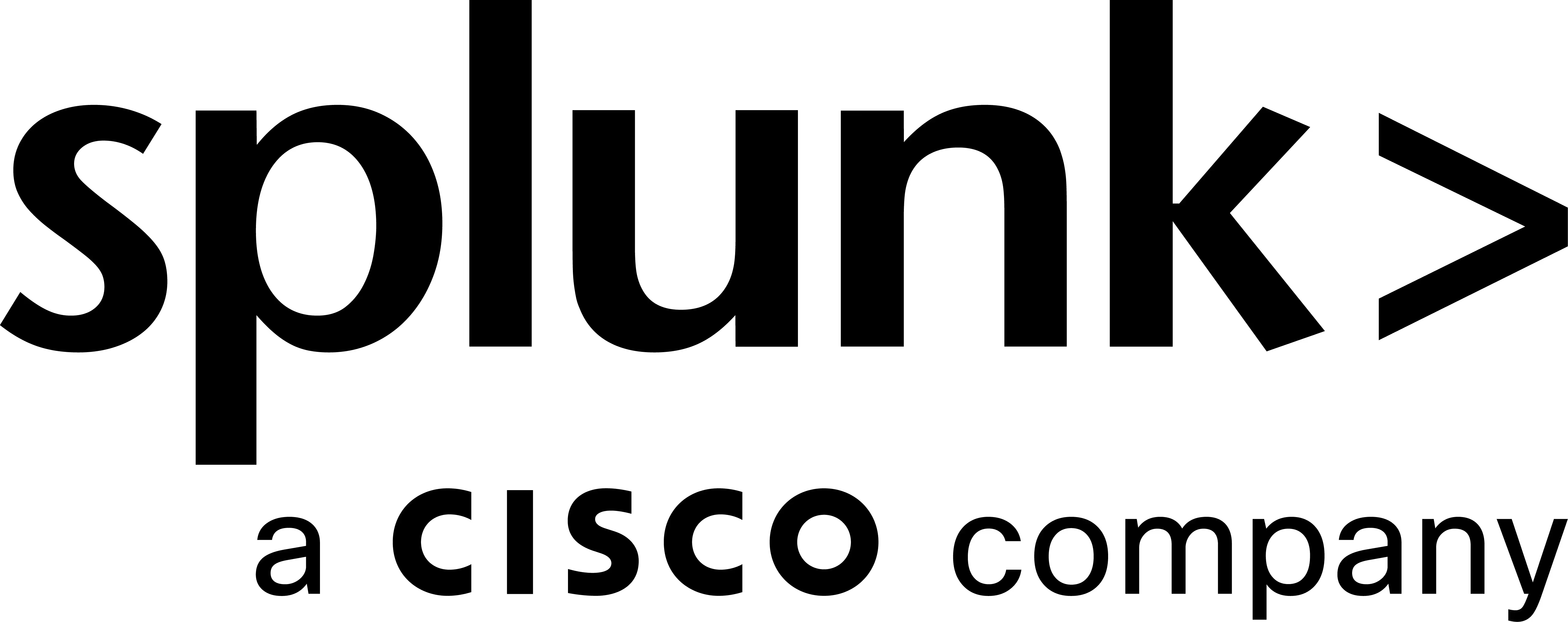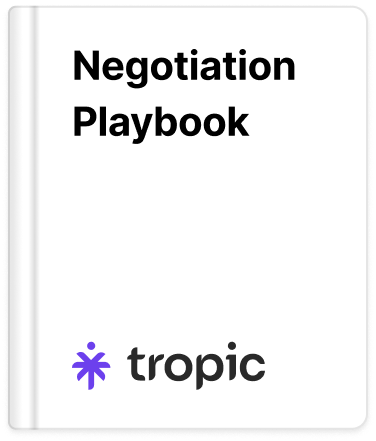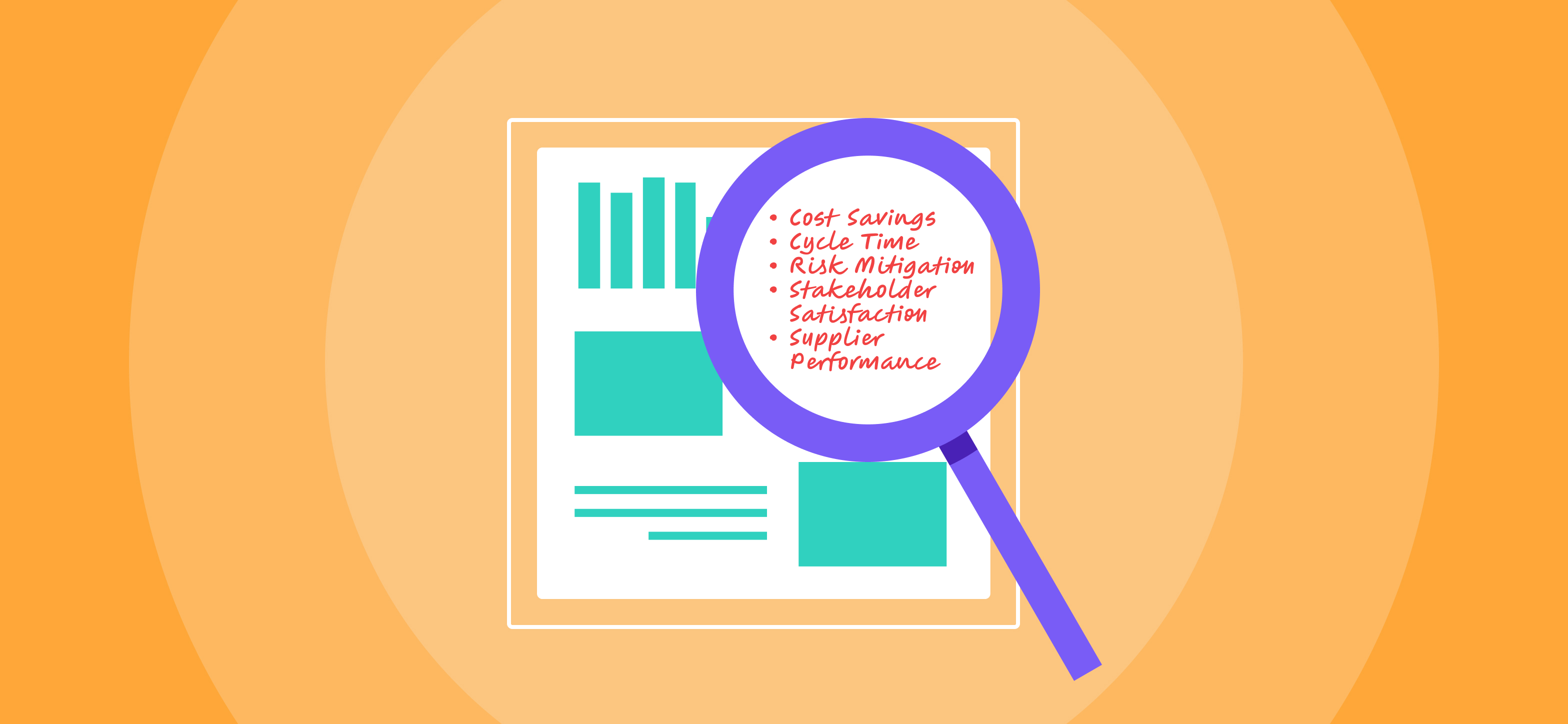
Splunk Pricing Negotiation Guide for Procurement and Finance Teams

Pricing Overview
Splunk's pricing model is consumption-based, primarily charging based on the volume of data ingested per day. This allows costs to align with actual usage and provides flexibility for businesses of all sizes. If users exceed their allotted usage, they may incur overage charges, which can significantly increase costs. Splunk also offers workload-based pricing, where fees are based on computational resources used, giving another option to manage expenses more closely tied to actual activity.The core pricing model is based on the folowing:
- Data Volume (GB/day ingested)
- License Type (Enterprise, Term, Cloud, Infrastructure)
- Deployment (Self-hosted, Cloud, Hybrid)
- Add-ons (Premium apps, Security features)
- Support Level (Standard, Enterprise, Premium)
General Strategy
1. Leverage Budget Pressure and Internal Challenges
- Highlight Budget Constraints: Consistently use internal budget pressures, restrictions, or recent reductions in force (RIF) as negotiation levers to secure lower unit costs and reduce or remove annual uplifts.
- Escalate Internally When Needed: Customer escalation emails and emphasizing internal challenges have proven effective in removing YoY CPI uplifts and securing overall contract discounts.
- Tips:
- Clearly communicate any budget cuts, freezes, or internal restructuring to your Splunk rep to justify requests for better pricing.
- Use formal escalation (e.g., executive emails) if negotiations stall or if you need to push for additional concessions.
- Reference recent RIFs or cost-saving mandates to reinforce your position for lower pricing or reduced uplifts.
2. Optimize Contract Structure and Timing
- Time Purchases Strategically: Splunk’s fiscal year ends in January—negotiating ahead of this date can unlock increased discounting.
- Consider Ramp Plans: Propose ramp plans that align with your seasonality or anticipated growth to avoid overcommitting and to secure more favorable terms.
- Tips:
- Initiate renewal or new purchase discussions several months before Splunk’s fiscal year-end to maximize leverage.
- Request a ramp plan that matches your actual or projected usage, especially if you expect seasonal fluctuations or gradual growth.
- Ask about case study discounts or other promotional offers that may be available at year-end.
3. Manage Usage, Overages, and Right-Sizing
- Review and Right-Size Annually: Conduct annual reviews of all SKUs and line items to identify and remove unnecessary features or licenses.
- Be Strategic with Downgrades: While evaluating usage is important, be cautious with downgrades—Splunk may threaten to revert pricing to list rates or remove discounts if you reduce volume.
- Tips:
- Audit your Splunk usage before renewal to ensure you’re not paying for unused features or excess capacity.
- Negotiate to keep discounts even if you need to reduce volume, but be prepared for pushback.
- For new purchases, be conservative with initial commitments—Splunk does not penalize occasional overages unless they are consistent.
4. Control Price Increases and Renewal Terms
- Push Back on YoY Uplifts: Splunk’s standard year-over-year renewal increase can be negotiated down or even waived, especially when leveraging budget pressure.
- Explore Alternative Procurement Channels: Purchasing through partners like Spico Solutions can help waive the typical 5% renewal increase.
- Tips:
- Challenge any automatic renewal uplifts and request a flat renewal or reduced increase.
- Ask your reseller or procurement partner about options to avoid or reduce renewal uplifts.
- Document all negotiated terms regarding uplifts and renewal pricing in your contract.
5. Leverage Competition and Value Drivers
- Reference Competitors: Mentioning alternative solutions like Datadog or Grafana can increase your leverage for discounts or improved terms.
- Highlight Value Drivers: Focus negotiations on overall contract discounts and removal of unnecessary features to maximize value.
- Tips:
- Gather competitive quotes or reference active evaluations of Datadog, Grafana, or similar tools during negotiations.
- Emphasize your willingness to consider alternatives if Splunk cannot meet your pricing or feature requirements.
- Use competitive pressure to negotiate both price and contract flexibility.
Custom Strategies
Strategy #1: When downgrading usage
- Step One: Assess Current Usage: Start by thoroughly evaluating your current usage of Splunk's services to pinpoint areas where downgrading is necessary.
- Step 2: Identify Downgrade Options: Determine which features, services, or resources can be reduced without compromising essential functionalities. Focus on retaining critical capabilities while reducing costs.
- Step 3: Communicate Intent to Downgrade: Reach out to Splunk's representatives to discuss your intention to downgrade usage. Clearly explain your reasons and provide supporting data or insights.
- Step 4: Negotiate Rate Continuity: During negotiations, emphasize the importance of maintaining existing rates despite the downgrade in usage. Highlight your long-term partnership and loyalty to Splunk as reasons to retain favorable pricing.
- Step 5: Explore Alternatives: Propose alternative solutions or adjustments that allow you to reduce usage while keeping rates unchanged. This could involve restructuring the agreement or reallocating resources to better align with your needs.
- Step 6: Tie Signature Date for Better Rate: Propose tying the agreement's signature date to secure rate continuity or even a better rate. Express willingness to finalize the agreement promptly in exchange for favorable terms.
Strategy #2: For renewals and waiving uplifts
- Step One: Reach out to Splunk to gather information on your usage and needs. This data can also support future planning, such as RFPs.
- Step Two: Conduct an internal assessment to identify service and resource requirements. Discuss potential adjustments, emphasizing the need for flexibility and cost-effectiveness.
- Step Three: Communicate internal concerns about pricing changes and request quotes for short-term options. Delay broader negotiations to gather additional information from other vendors.
- Step Four: Engage with Splunk to explore various renewal options, including different contract lengths. This provides insight into available flexibility.
- Step Five: Express dissatisfaction with pricing and present competitive quotes obtained during the evaluation period. Involve higher management to seek longer-term pricing options for further negotiation.
Strategy #3: For Net New Purchases
- Step 1: Start with Free Trials: Begin by using Splunk's free trials to understand its suitability for your needs.
- Step 2: Evaluate Usage and Seasons: Analyze your usage data and negotiate during Splunk's fiscal year-end in January for better deals.
- Step 3: Strategic Purchasing: Explore partnering with Spico Solutions to potentially waive renewal increases.
- Step 4: Commit Conservatively: Avoid overages by starting with a conservative commitment and negotiating ramp plans for growth.
- Step 5: Negotiate Volume Discounts: Request discounts based on projected usage or commitment levels the further up you commit.
- Step 6: Manage Renewals and Costs: Push back on yearly increases and monitor usage to avoid unexpected charges.
- Step 7: Leverage Internal Changes: Use company changes like reductions in force as negotiation leverage.




